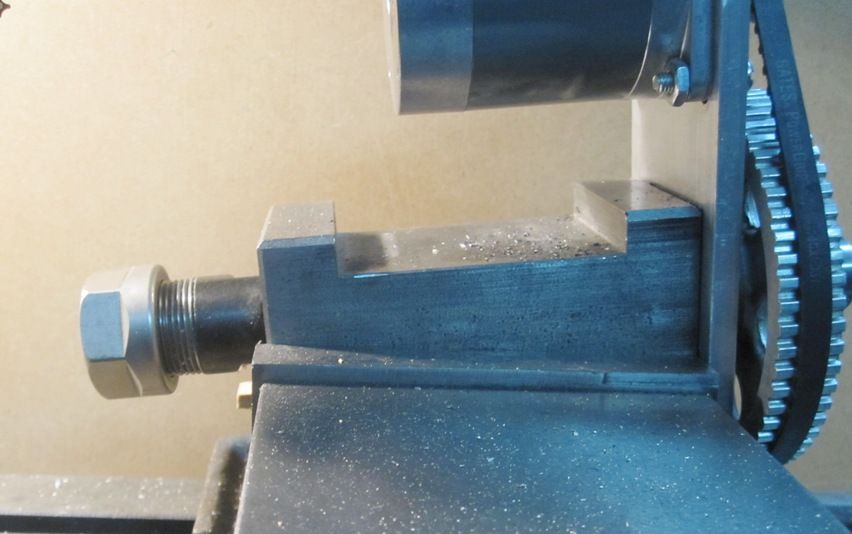- Joined
- Aug 25, 2007
- Messages
- 3,890
- Reaction score
- 715
Here's something I made that might be of use to others. In the past, I have made worm gear substitutes by simply cutting a spur gear with the teeth at an angle matching the angle of the teeth on the worm. These work fine with no backlash in cases where the load is light. The only real downside is that the worm teeth contact the gear teeth over a very small area instead of the entire gear width.
Over the past couple of days I have been thinking about a gear driven helical gear cutter and one of my design requirements is a worm gear assembly with a 10:1 ratio. Since a worm gear with only 10 teeth is probably not practical, I decided to use a 2-start worm and gear. This would be a 20 tooth gear and a worm with 2 teeth instead of just one. I already had a number of 32 pitch double start worms so decided to make a 20 tooth spur gear with teeth cut at a matching angle, in this case, 6.5 degrees

The result turned out quite well. The teeth mesh nicely and turn freely. This should work just fine.
Chuck
Over the past couple of days I have been thinking about a gear driven helical gear cutter and one of my design requirements is a worm gear assembly with a 10:1 ratio. Since a worm gear with only 10 teeth is probably not practical, I decided to use a 2-start worm and gear. This would be a 20 tooth gear and a worm with 2 teeth instead of just one. I already had a number of 32 pitch double start worms so decided to make a 20 tooth spur gear with teeth cut at a matching angle, in this case, 6.5 degrees

The result turned out quite well. The teeth mesh nicely and turn freely. This should work just fine.
Chuck









